Natural gas stands out as a smart choice for investors looking to step into the energy sector. This commodity, essential for heating and power generation, is a major element in global energy consumption. As an expert trader, I understand that the natural gas market offers a mix of stability and opportunity. My aim here is to give you a clear picture of what investing in natural gas entails and how it can add value to your investment portfolio through these investing and natural gas futures discussions.
Entering the natural gas market requires a solid grasp of its fundamentals. The price of natural gas is subject to fluctuations, influenced by a variety of factors such as weather patterns, supply disruptions, and changes in demand. These variables can present risks, but also profit opportunities. In the following sections, I’ll guide you through the different ways you can invest in natural gas, discuss the potential risks and rewards, and provide strategies to help manage your investment effectively. Whether you're new to the market or looking to refine your thoughts about natural gas, this article will offer practical insights into making informed natural gas investment decisions.
What is Natural Gas Investing
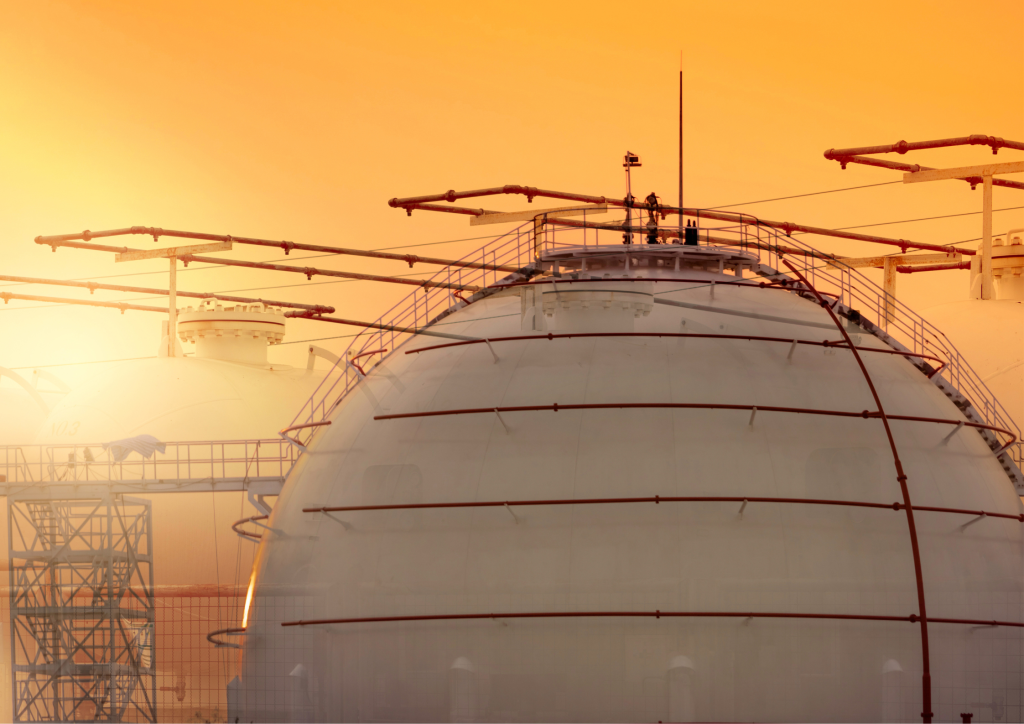
Natural gas investing involves putting capital into markets where natural gas is the central asset, whether through equities, commodities, or funds. Its broad application across various sectors—from residential heating to industrial processes and electricity generation—positions it as a key economic indicator. Investors typically enter this space by purchasing stocks in natural gas companies, opting for mutual funds or ETFs that track energy indices, or trading in futures contracts that allow speculation on the future prices of the gas.
Understanding the nuances of natural gas investment is crucial, as the sector is influenced by diverse factors such as supply and demand dynamics, geopolitical events, and technological advancements. While direct stock investments connect more closely with company performance, futures, and funds offer ways to engage with the broader natural gas market. Both approaches require awareness of market conditions to manage potential risks and aim for profitable outcomes.
Understanding Natural Gas and Its Market Dynamics
Investing in natural gas necessitates an understanding of its market dynamics, which are shaped by supply and demand, and influenced by factors such as weather patterns, technological advances, and geopolitical events. The supply of natural gas is affected by the capacity to extract and transport it, with innovations in fracking technology and the development of new pipelines playing a significant role. On the demand side, consumption patterns shift with seasonal changes—higher in winter for heating and steady in summer due to electricity demand for cooling.
Market dynamics directly impact price volatility. Natural gas prices can fluctuate sharply due to sudden changes in weather or unexpected political developments that affect supply chains. Investors must stay attuned to such changes, as they can have swift and significant effects on investment value. Futures markets allow for price speculation and risk management, but they require a keen sense of market sentiment and trends. Understanding these dynamics is essential for any investor looking to make informed decisions and capitalize on the natural gas market's fluctuations.
Investment Vehicles for Natural Gas
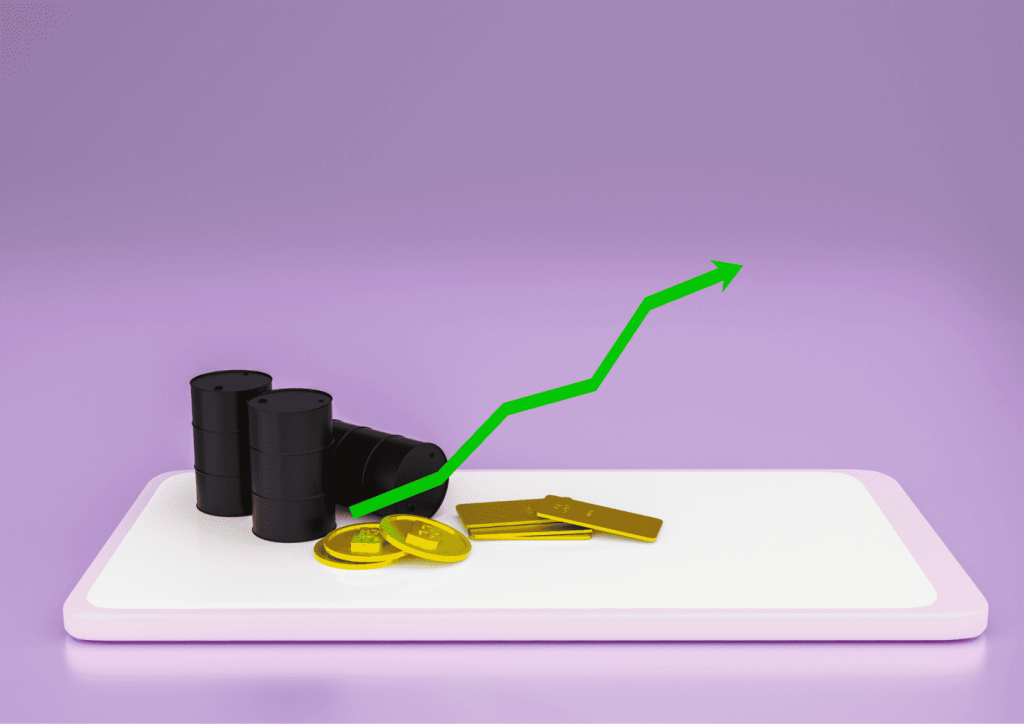
When exploring how to invest in natural gas, there are several investment vehicles to consider, each with its own risk profile and level of involvement in the market. Stocks of companies in the extraction, distribution, and sale of natural gas offer a direct way to tap into the sector's performance. Investors may choose companies based on their market position, performance, or even their commitment to transitioning to cleaner energy practices.
For those who prefer a more diversified approach, mutual funds and ETFs that focus on the energy sector or specifically on natural gas can be attractive. These funds pool resources to invest in a variety of companies, mitigating the risks associated with individual stock performance. Additionally, futures contracts and options on natural gas provide a method for investors to speculate on future prices or hedge against other investments. These derivative instruments are traded on a commodity market and require a deeper understanding of market dynamics.
Each investment vehicle has distinct characteristics. Equities are suitable for those looking for ownership in natural gas entities, while funds offer immediate diversification. Derivatives like futures and options are more complex and often used by experienced investors for hedging strategies or speculative gains. Understanding these options allows investors to align their natural gas investment choices with their financial goals, risk tolerance, and investment horizon.
How Natural Gas Futures Work
Natural gas futures are standardized contracts traded on commodities exchanges like the New York Mercantile Exchange (NYMEX). These contracts are agreements to buy or sell a specific amount of natural gas at a predetermined price on a set future date. They are primarily used for hedging and speculation. Hedgers use futures to secure a stable price for natural gas, which is crucial for budgeting and planning in businesses that rely on natural gas. Speculators, on the other hand, trade these contracts to profit from price movements in the market.
Traders don't need to handle the physical commodity; instead, futures are a form of financial contract. When a futures contract is purchased, the buyer agrees to receive delivery of a specified amount of natural gas at the contract’s expiration date, while the seller agrees to provide it. However, most traders liquidate their positions before the contract expires to avoid actual delivery. The prices of futures contracts fluctuate daily, influenced by market perceptions of future supply and demand. The leverage in futures trading means that large positions can be taken with a relatively small amount of capital, which can lead to significant gains but also substantial losses, making it essential for investors to manage their exposure and understand the market risks.
Also Read: What Are Currency Futures?
The Risks and Rewards of Natural Gas Investing
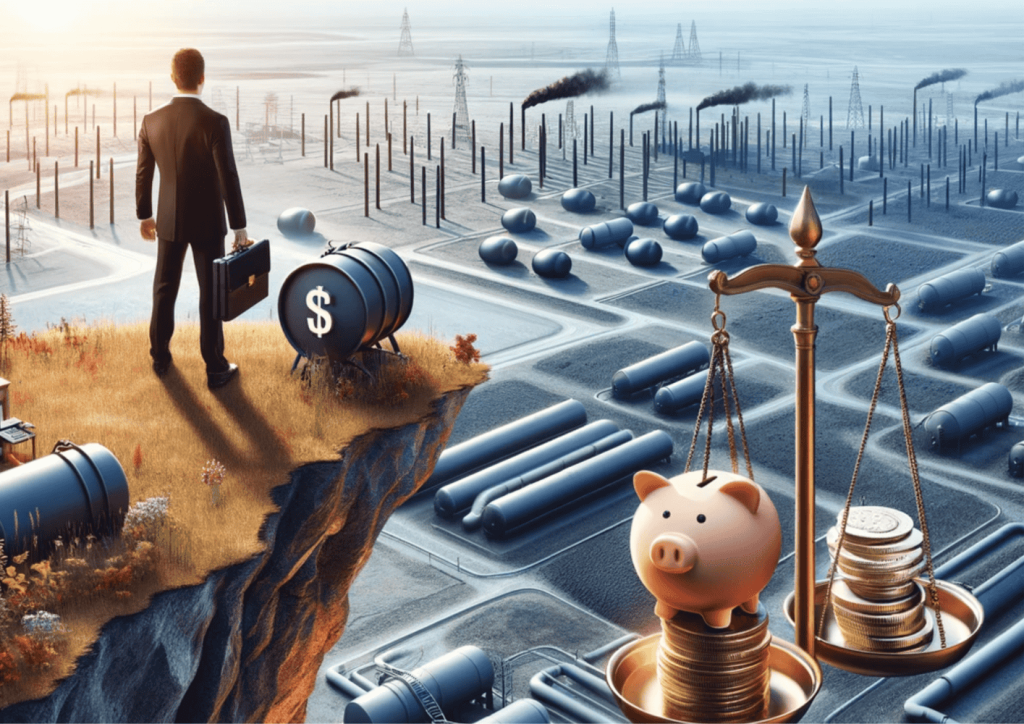
Natural gas investing comes with its own set of risks and rewards, which must be carefully balanced to achieve investment objectives. The primary reward is the potential for significant returns. As a commodity, natural gas prices can experience sharp increases due to factors like cold winters, which drive up heating demand, or supply disruptions caused by geopolitical events. For investors positioned correctly, such conditions can result in quick and substantial profits.
However, the risks are equally significant. The natural gas market is known for its inherent volatility, with prices sensitive to changes in weather, economic conditions, and technology. A mild winter or advances in renewable energy technology can lead to oversupply and falling prices. Moreover, investing directly in natural gas equities exposes investors to company-specific risks, such as management decisions, production costs, and exploration success.
But how can you mitigate such risks? Investors must adopt informed strategies, which might include diversification, hedging with futures contracts, or investing in a mix of upstream and downstream companies within the natural gas sector. It's also essential for investors to conduct thorough research or consult with financial advisors to understand the market dynamics and company fundamentals. An informed approach to natural gas investing can not only help manage risk but also position investors to capitalize on the market's opportunities for rewarding outcomes.
Geopolitical Factors Affecting Natural Gas Prices
The natural gas market is deeply intertwined with geopolitical factors, which can have swift and profound impacts on prices. As natural gas is a global commodity, its supply chain can be affected by political stability, regulatory changes, and international relations. Events such as political unrest in gas-producing regions, sanctions on energy trade, or shifts in government policies regarding energy production and export can alter supply levels, thereby shifting prices in the global market.
Major geopolitical events, like conflicts that threaten key supply routes or diplomatic agreements that open up new gas fields for development, can lead to price volatility. For example, when a gas-producing country faces international sanctions, its ability to export natural gas can be limited, leading to a drop in supply and a potential spike in prices. Conversely, the development of new pipelines or liquefied natural gas (LNG) facilities can expand market access, potentially easing prices by increasing supply.
Investors need to keep a close eye on such developments as they can provide both risks and opportunities. A diversified investment approach and staying well-informed on international affairs can help mitigate the risks presented by geopolitical factors. Understanding the geopolitical landscape is essential for anyone looking to invest in natural gas, as it directly influences investment decisions and the profitability of natural gas assets.
Technical Analysis and Natural Gas Futures
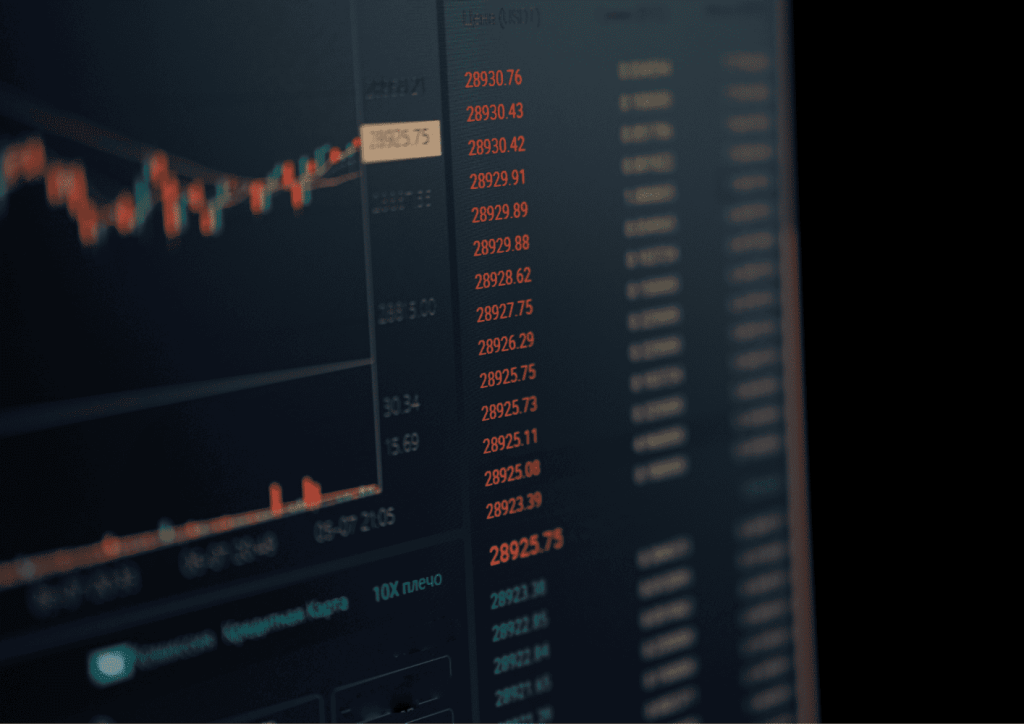
Technical analysis is a critical tool for traders in the natural gas futures market. It involves studying market charts and historical data to forecast future price movements. By identifying patterns and trends, traders can make educated guesses about when to enter and exit positions. This section will introduce some of the fundamental tools of technical analysis used in natural gas trading.
To effectively read natural gas market charts, traders must understand various chart types, such as line, bar, and candlestick charts. Each provides information on opening, closing, and high, and low prices over a set period. For instance, candlestick charts are popular as they show price direction and velocity, giving a visual representation of buyer and seller dynamics within a specific timeframe. Traders also look for chart patterns like head and shoulders, triangles, or flags, which can signal potential market reversals or continuations.
Technical indicators are mathematical calculations based on the price, volume, or open interest of a security or contract. In the context of natural gas futures, common indicators include the Moving Average (MA), Relative Strength Index (RSI), and Moving Average Convergence Divergence (MACD). These tools help traders discern momentum, trend strength, and potential areas of support and resistance.
By applying these indicators, along with a solid understanding of market fundamentals, traders aim to predict market trends and make decisions that align with their investment strategies. It's important to note that while technical analysis can be a powerful tool, it is not foolproof and should be used in conjunction with a thorough analysis of market conditions and risk management practices.
Natural Gas Investment Strategies
Investors in the natural gas market typically align their strategies with either short-term or long-term investment horizons. Short-term strategies often involve active trading, capitalizing on market volatility through futures contracts and options. Traders may use technical analysis to inform their buy and sell decisions, looking to turn a profit from weekly or even daily price fluctuations.
Conversely, long-term investment strategies in natural gas focus on building positions in stocks or funds with exposure to the energy sector, including exploration, production, and distribution companies. These investors may leverage fundamental analysis, considering company financials and broader market trends that could affect natural gas demand over years or decades. This approach aims for steady growth, often accompanied by reinvesting dividends from natural gas stocks.
Hedging Strategies for Market Downturns
To hedge against market downturns, investors might use natural gas futures as a form of insurance. By locking in prices for future dates, they can protect against adverse price movements. Another tactic is to diversify within the energy sector, spreading investments across different commodities or energy sources to mitigate the impact of natural gas price drops.
Portfolio Allocation and Risk Management
Effective portfolio allocation is crucial in managing investment risks. It's advised to allocate only a portion of a portfolio to natural gas, depending on one's risk tolerance and investment goals. The volatile nature of natural gas prices means it should be balanced with more stable investments.
Investors should also establish clear risk management protocols, such as setting stop-loss orders to limit potential losses on trades. Regular portfolio reviews and adjustments in response to changes in market conditions or personal financial goals are also key practices for maintaining a healthy investment strategy in natural gas.
Also Read: Futures Trading Strategies You Can Try
The Future of Natural Gas Investing
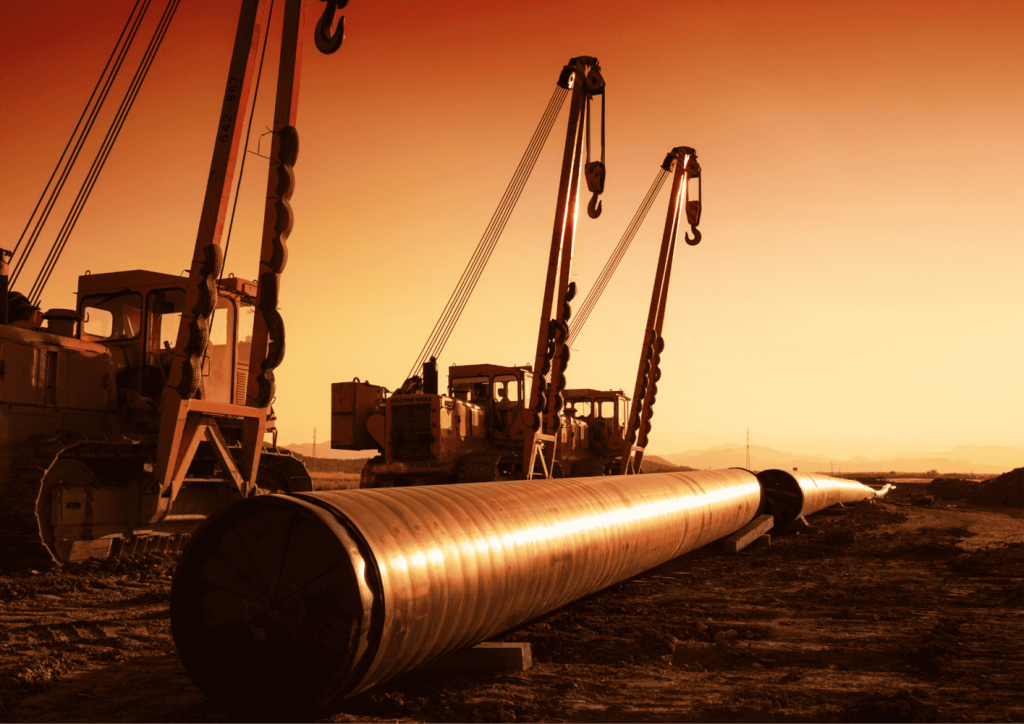
The future of natural gas investing is heavily influenced by emerging trends and technologies that aim to optimize extraction, improve storage, and expand utilization. Advancements in hydraulic fracturing, or fracking, have already revolutionized the industry, unlocking vast reserves and altering global supply dynamics. Emerging technologies, such as carbon capture and storage (CCS), could potentially mitigate environmental impacts and help natural gas maintain its place in a carbon-conscious world. Additionally, the growth of liquefied natural gas (LNG) technology is allowing for more efficient transportation across oceans, opening up global markets and changing the geopolitical landscape of energy.
Renewable Energy's Impact on Natural Gas Investing
The rise of renewable energy sources poses a significant consideration for natural gas investors. As solar, wind, and other renewables become more cost-effective and widespread, the energy sector is experiencing a shift that could impact natural gas demand. However, natural gas is still seen as a critical bridge fuel in the transition to a low-carbon economy due to its lower emissions compared to coal and oil. The pace at which renewables can replace fossil fuels, including natural gas, will be a key factor in determining the long-term prospects for the industry.
Forecasting the Long-term Viability of Natural Gas Investments
Looking at the long-term viability of natural gas investments, several factors come into play. The commodity's role in supporting renewable energy sources—such as providing backup generation—could sustain its demand. Moreover, the potential for hydrogen produced from natural gas to contribute to clean energy solutions may offer additional avenues for growth within the sector.
However, investors must also consider regulatory changes, environmental policies, and technological advancements that favor renewables over fossil fuels. The natural gas market could face headwinds if these factors significantly accelerate the move away from carbon-based energy.
Conclusion
As we look towards the horizon of energy investment, natural gas stands at a crossroads shaped by innovation, policy, and the march towards sustainability. For the expert trader, the message is clear: adaptability and informed decision-making are paramount. The sector’s evolution is inevitable as renewable energy gains momentum and technology advances, yet natural gas's role as a transitional fuel should not be underestimated. It remains a critical component of the energy mix, providing a balance between reliability and lower emissions.
The savvy investor will continue to monitor the pulse of the market, anticipating shifts driven by geopolitical developments, technological breakthroughs, and environmental legislation. Diversification, strategic hedging, and a keen eye on emerging trends will be the tools of choice to navigate this changing landscape.
Also Read: What is a Crack Spread in Futures Trading?
FAQs
Can individual investors trade natural gas futures, or is it only for professional traders?
Absolutely, individual investors can trade natural gas futures. However, it’s important to recognize that trading futures involves a higher level of risk than more traditional investments like stocks or bonds. Individuals should ensure they have a strong grasp of how futures markets work and the specific factors that influence natural gas prices before getting started. Many investors find it beneficial to begin with a simulated trading account to gain experience without financial risk.
How does the shift towards renewable energy affect natural gas investments?
The shift towards renewable energy is a pivotal factor for natural gas investments. While it may seem that renewables could diminish the role of natural gas, in many cases, natural gas is seen as a complementary resource. It's often used to provide reliable power when renewable sources are not available due to weather or other factors. However, investors should be mindful of long-term trends and regulatory changes that favor renewables, as these could impact natural gas demand and prices over time.
What are some strategies for managing risk when investing in natural gas?
Risk management is critical when investing in natural gas due to the market’s volatility. Strategies include diversification, investing in a mix of natural gas stocks, ETFs, and potentially other energy sources to spread risk. Using futures and options can also help hedge against price fluctuations. Setting stop-loss orders and only allocating a portion of your investment capital to natural gas are prudent practices. Staying informed about market and geopolitical developments that can affect prices is also key to managing investment risk effectively.

















